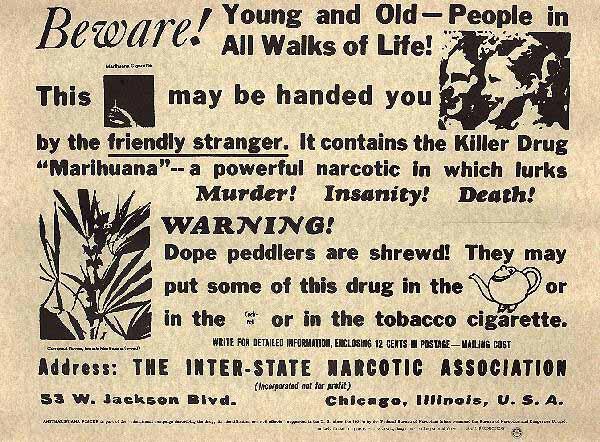The Stop and Frisk tactics used by the New York City Police Department are ineffective, biased, and are causing much more harm than good to a city which desperately needed a positive way to help keep the streets safe and bring an end to the problem of violence in NYC. Not only does the tactic of stopping pedestrians and searching them for weapons or other contraband after witnessing “suspicious behavior” simply not work to deter crime, it is being implemented in a racially biased way that is causing more outrage and aggression in the community it was designed to prevent those things from happening in. New York City mayor Bloomberg has been credited with establishing the stop and frisk tactic, and tirelessly defends this obviously faltering law, claiming that it reduces violent crime and isn’t implemented in a racially unjust manner. However, after even a mere glance at the statistics of the law, it is blatantly obvious that it has not been an effective deterrent of crime, and the racially biased implementation of the law is obvious to anyone who investigates the facts. Supporters of this questionable practice claim that violent crime has dropped in the city dramatically from 2001 to today in the city and, for the most part, those supporters are correct. However, the belief that the stop and frisk program is responsible for that decrease is absolutely not based on fact and is disproven easily by observing the crime data of other large, dangerous cities during the same time period. In the time parameters mentioned, the violent crime rate in New York City fell 29 percent, which is undoubtedly a significant drop. However, in that same time frame the violent crime rate of New Orleans fell an astonishing 56 percent, while the same rate in Los Angeles plummeted an even more remarkable amount, showing a 59 percent reduction. The interesting fact about those statistics is that those two of many cities that showed a much higher reduction in violent crimes were not utilizing the stop and frisk tactic of the NYPD, but stuck rather to higher traditional police activity and trying to establish the community as a more hospitable and safe place to reside. It is obvious that the claim that violent crime is significantly reduced thanks to the stop and frisk practices is not backed by statistics, which shows the ineffectiveness of the law and a very good reason to stop frisking and begin more positive and racially equal ways of protecting the citizens of the city. Not only does stop and frisk simply not work, but it is offensive how the minority residents of New York are being blatantly discriminated against by the very force created to protect them. The spokesman for the NYPD, Paul Browne, claims that the laws are not implemented in a racially biased way because African-American and Hispanic residents make up a larger number of violent crime suspects in the city. Although that observation may be correct, it cannot be used as proof that the practice of stopping pedestrians on the street is not being used as a tool to harass minorities. In 2011, less than 12 percent of the total stops made by police officers were based on the description of a suspect of a violent crime. Throughout the entirety of the stop and frisk campaign, black and Latino citizens have made up nearly 90 percent of total stops. There can be no statistic that warrants such an unequal balance of people who were chosen by police to be searched for weapons or who were exhibiting suspicious behavior. It is painfully obvious that these officers, either seeking to act on a personal vendetta against minorities or to fill a required number of stops set by a higher authority, are unfairly targeting minorities, which has caused nothing but outrage and mistrust in the police force in the communities affected by stop and frisk. A final piece of evidence, one that is truly shocking, reveals how discriminatory and blatantly failing the practice of frisking is: blacks and hispanics fill 25 percent of the population of one of the more well off neighborhoods where stop and frisk is implemented, Park Slope. However, over 80 percent of stops that occur in this neighborhood are black or latino residents. The data speaks for itself. Stop and frisk is a barbaric and racially insensitive practice that needs to end immediately before it instills any more fear or mistrust of authority in the minorities living in New York City.
Works Cited:
"Stop And Frisk Facts | New York Civil Liberties Union (NYCLU) - American Civil Liberties Union of New York State." NYCLU. New York Civil Liberties Union, n.d. Web. 12 Jan. 2014.
Mathias, Christopher. "NYPD Stop And Frisks: 15 Shocking Facts About A Controversial Program." The Huffington Post. TheHuffingtonPost.com, 13 May 2012. Web. 15 Jan. 2014
"Stop-and-frisk in New York City." Wikipedia. Wikimedia Foundation, 01 Sept. 2014. Web. 14 Jan. 2014.
Durkin, Erin. "Study Finds Stop-and-frisk Leads to Mistrust of Cops, Unwillingness to Cooperate with Police." NY Daily News-Crime. NYDN, 19 Sept. 2013. Web. 12 Jan. 2014.







